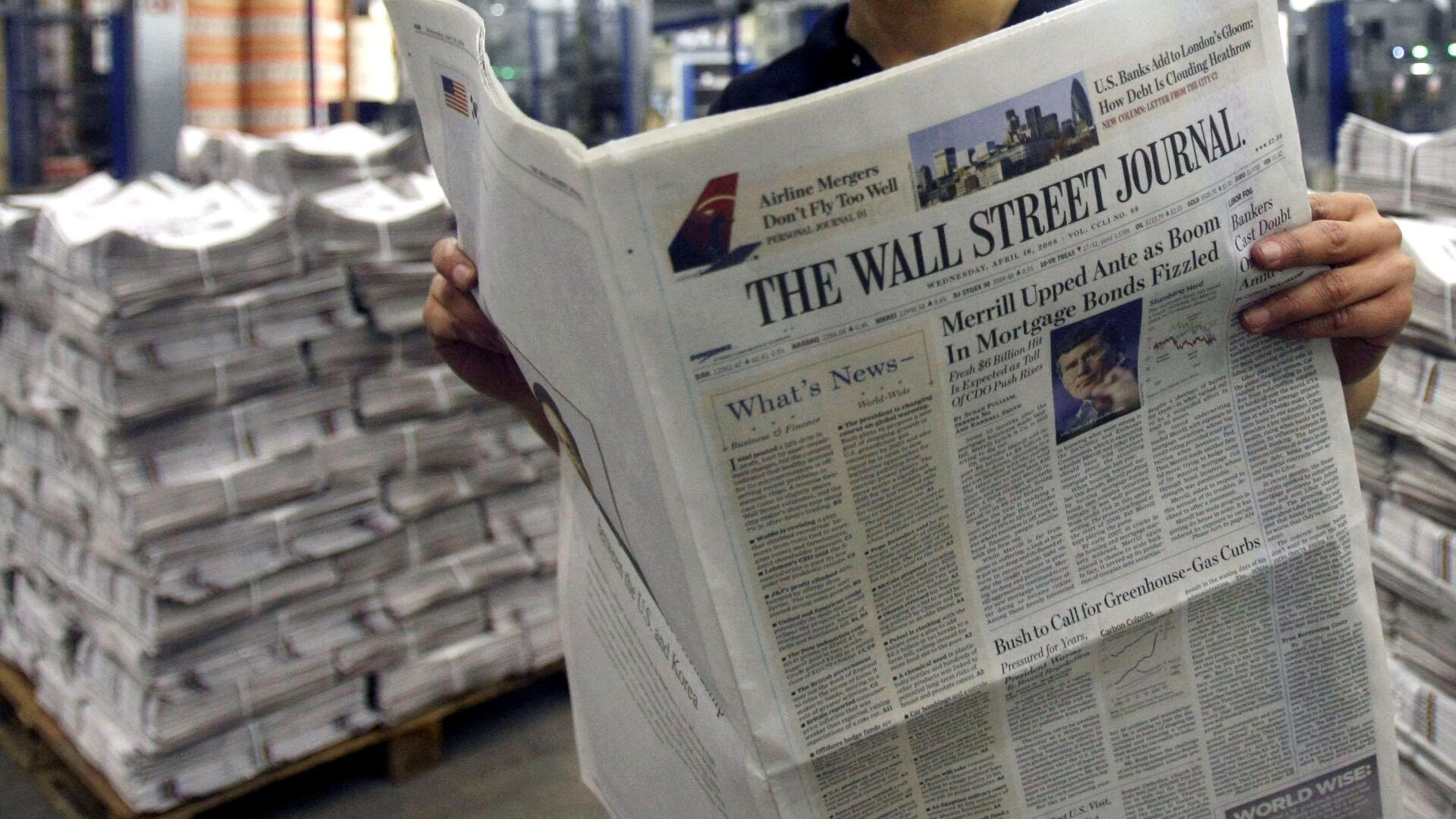Trust in US Media Undermined by Proliferation of Partisan Outlets & Bias Claims, Experts Say
07:48 GMT 30.07.2022 (Updated: 13:17 GMT 30.07.2022)

© AP Photo / Matt Dunham
Subscribe
MOSCOW (Sputnik) - The diminishing confidence of US citizens in the country's media is a function of a fragmented media landscape, increasing political polarization and accusations of bias, experts said.
Last week, Gallup, which has been measuring the audiences' confidence in newspapers since 1973 and television news since 1993, presented the results of its latest poll on the confidence in US news media, showing that only 11% have a great deal/quite a lot of confidence in TV news, while 16% have the same degree of confidence in newspapers.
"The lack of trust in media goes along with the decline in trust in other institutions, including government. People have been told for years that they can't trust institutions, and now, thanks to media deregulation (which paved the way for partisan channels and websites), numerous sources can regularly tell their audience that only OUR channel can be trusted but everyone else's is just filled with lies," Donna Halper, a professor of communication and media studies at Lesley University, said.
She compared the current situation with the periods of polarization during the Vietnam war and the Watergate scandal when despite profound political disagreements people still were receiving information from the same sources. This, however, was changed by the arrival of cable TV and the end of the so-called Fairness Doctrines, which required balanced reporting on contentious issues with different points of view presented.
"The news was still the news, and there were still honest and hardworking news reporters. But now, there were opinion shows, filled with commentators who could distort the facts to suit the partisan audience. As a result, millions of folks were exposed to only one side of the story. Partisan media flourished, leading to Fox News on cable, and then, a few fledgling efforts on the left to put in some talk shows that expressed their side," Halper stated.
Her sentiment was echoed by Kirby Goidel, a political science professor at Texas A&M University, who noted that Fox News used the claim that traditional media outlets are biased against conservatives as a marketing strategy to build an audience. According to the expert, despite the network's insistence on being fair and balanced, it was "a conservative counter-balance to what was perceived as liberal media."
"Polarization adds to this as - primarily conservative candidates and causes - have claimed leading media organizations are biased against them. This is typically a political strategy aimed at minimizing the effects of bad news but - heard often enough - it has consequences for media trust," Goidel explained, adding that while such rhetoric can be found on the other end of the political spectrum as well but has been much common on the right than on the left.
He concluded by noting that when survey respondents are asked whether they trust the news sources they consume they are usually more trusting. In light of that, to obtain more meaningful data people should be asked about confidence in particular news outlets and then determine whether a news outlet is distrusted by those who do not belong to its audience.
